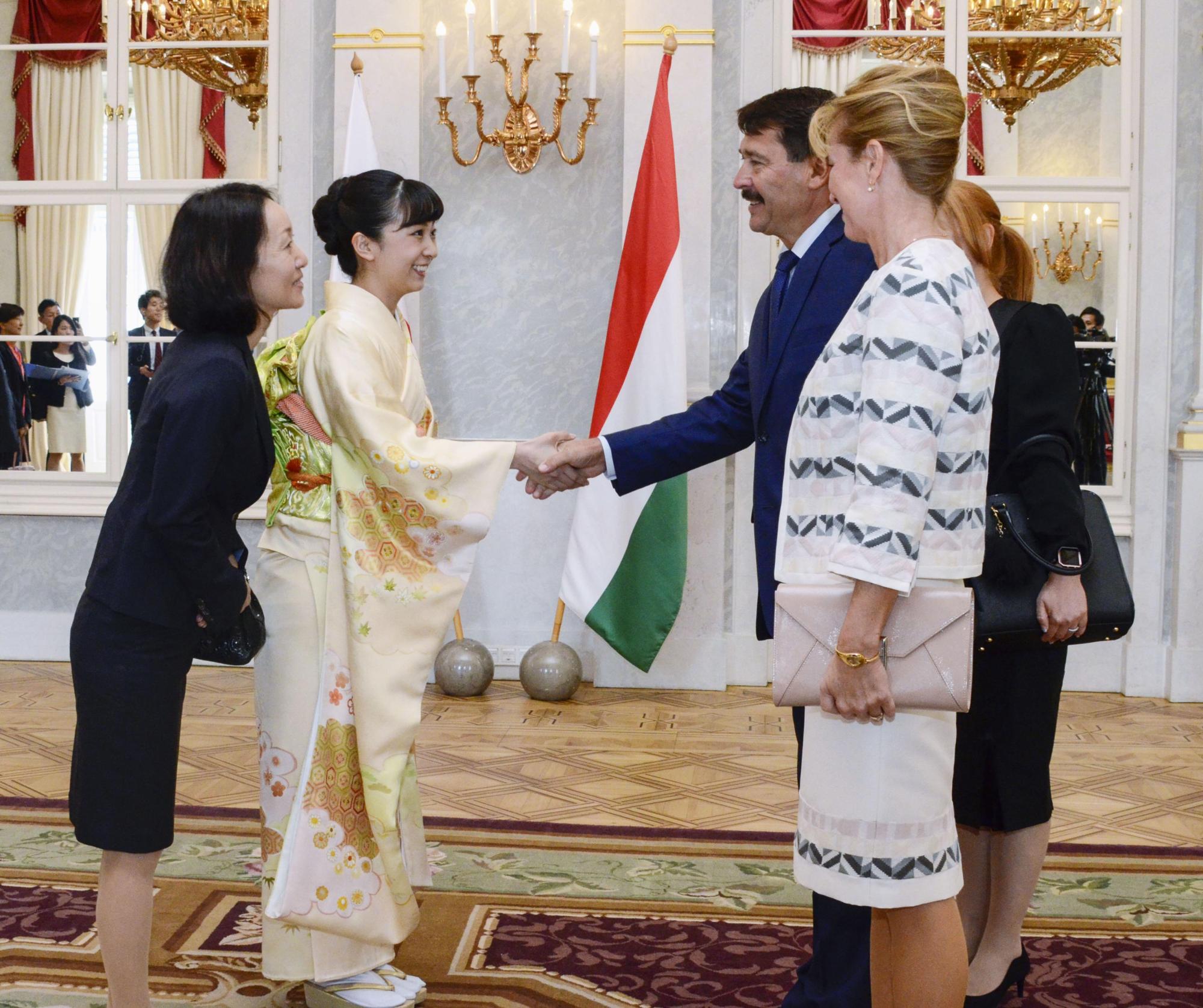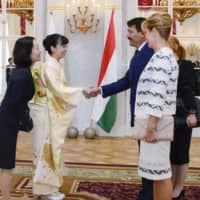
Thirty by 56 by 150. Hungary has always produced wonders in the field of mathematics, but what is the significance of this unique equation? This special formula has to do with the several firsts that we are celebrating this year, and usually, the first moments of anything are immensely precious for us, human beings. In that spirit, the year 2019 marks the anniversary of many unforgettable milestones in Hungary’s modern history.
It was 30 years ago when the Iron Curtain in Hungary was demolished, marking an important step in a process, which led to freedom and independence in Central and Eastern Europe. It was the same year in 1989, when tens of thousands of East German citizens swarmed into Hungary to flee to the free world through Austria. And it was Hungary that opened its border gates for them. The so-called Pan-European Picnic is considered a significant milestone on the road to German and European reunification, and greatly contributed to the collapse of the Berlin Wall later that year.
We attempted to express our freedom three decades earlier but failed. This day, we not only celebrate the birth of a new Hungary, but Oct. 23 also marks the starting day of the revolution that took place in 1956, when Hungarians from all walks of life stood together and rose up against the oppression by the Soviet regime. Although they fought bravely, they were crushed by the invading forces. All the same, the uprising was the first crack in the Iron Curtain and won the sympathy of the free world. Fifty-six became a metaphor for freedom and bravery and a forbidden number in the communist bloc for many years.
It has been 30 years, since 1989, that we can freely celebrate the symbols of 1956. It was also in 1989 when we had three interconnected goals in mind. We were aspiring to the kind of life and living standards enjoyed by western Europeans; we wanted to be integrated into the European Union and to join the North Atlantic Treaty Organization. The latter two goals were fulfilled but we still have work ahead to achieve the first. Our perseverance, economic and political stability, however, definitely puts us on the right path.
Hungary is back on the map, and we are also working hard to make ourselves more visible in Japan. We have a special opportunity to achieve greater visibility this year — it is an important milestone in a one-and-a-half-century long friendship between Japan and Hungary as the year 2019 marks the 150th anniversary of the establishment of bilateral diplomatic relations. Coinciding with the advent of the new Reiwa Era, we are especially proud to witness the beautiful and harmonious ties between our countries, highlighted by several high-level contacts this year. We are very honored that Princess Kako visited Hungary to take part in celebrations marking the anniversary during her first official visit abroad. We feel equally privileged to host the President of Hungary, Janos Ader, in Japan for the enthronement ceremony and the events related to our 30-56-150 anniversary.
Having been left behind in the past, we now dream of a new Hungary that creates patterns and models for others to follow. In line with this, we have also been dreaming of having 150 Hungary-related events during this year in Japan. Although the year is not yet over, I am very proud that we will most likely achieve that number. We also dreamt of having an exhibition where we can showcase our most revered treasures in Tokyo. This dream will become reality thanks to the Budapest-themed art exhibit scheduled to open on Dec. 4 and will run until March 16 next year at The National Art Center in the heart of the Japanese capital. Moreover, we will also inaugurate a brand new Hungarian Cultural Institute in Tokyo at the end of this year, which will greatly enhance our capabilities to show what Hungary can offer in the field of culture and tourism. We would also like to increase the attractiveness in Japan of our wonderful capital, Budapest, voted as the best European travel destination in 2019.

Although we have a lot of dreams, when it comes to trade and the economy, our achievements are very real. Hungary’s economic transformation, especially in the last decade, is without a doubt a model to follow. In fact, as a major foreign investor, Japan has played a leading role in Hungary’s successful transition from a communist to a free market economy during the early 1990s. Since the entry of Suzuki Motor Corp. to Hungary, the presence of which is very much linked to the changes that have taken place in Hungary after 1989, we have welcomed more than 165 Japanese investors. Without the capital, knowledge and work ethic provided by Japanese companies such as Alpine, Bridgestone, Denso, Ibiden, Suzuki, Toray and many others, Hungary could not have managed a fast and smooth transition to a free market economic model. The investments, the continuous expansion and the reinvestments by Japanese companies have also contributed to the fact that Hungary currently enjoys a very favorable investment climate with one of the highest growths in gross domestic product in Europe and, at nine percent, one of the lowest corporate tax rates.
Statements in mathematics including equations always need proof. We can definitely prove that our equation of 30 by 56 by 150 is leading to better relations between Japan and Hungary, helping to make Japanese people aware of our country as both an ideal travel and investment destination. The best proof that Hungary is more than just plain numbers would be for everyone to come and experience it firsthand.
This content was compiled in collaboration with the embassy. The views expressed here do not necessarily reflect those of the newspaper.






